Book review: The Living Landscape
This book review is long overdue, but don't take that as an indication of the book's merit: this is probably my favorite gardening book published in 2014. But I'm getting ahead of myself...
The book is The Living Landscape by Rick Darke and Doug Tallamy, and when I saw mention of this then-new book in an email from Timber Press over the summer, I was immediately intrigued. The tagline of "Designing for beauty and biodiversity in the home garden" gives you a hint at what's in store on these pages, but only after opening the book did I realize what a gem it was.
I'm a certified plant lover and crazy about almost any kind of garden, but stick me in a meadow, or in a forest, or on the bank of a stream and I'll sit there for hours if possible, relishing all aspects of the Nature around me.
That's exactly how this book starts, by examining wild landscapes. Discussing not cultivated gardens, but wild spaces, and reminding us of the idea of layers in the landscape. If I had to summarize the main point of this book in a single word, "layers" might just be the word I'd choose. (Or perhaps "LAYERS!")
Not only the vertical layers (canopy, understory trees, shrubs, herbaceous plants, the ground layer), but horizontal ones too: where forest meets meadow for instance, or dry ground transitions to wetland.
Taking the concept even further, the authors discuss "cultural layers', where the human activities of agriculture, industry, recreation and more have created new edges and opportunities. Think road carved through forest, abandoned railroad bed, or even deserted town.
Finally, temporal layers, with the specific example of a section of tornado-damaged woods, where non-native plants and trees took advantage of the opportunity and drastically changed the makeup of this section of woods.
Chapter two (of only five) examines interrelationships between species, how biodiversity is essential for ecosystem productivity and stability. One of my favorite qualitative examples comes from this chapter, where it explains that Carolina chickadees bring between 390 and 570 caterpillars to their nest each day for about 20 days. Since most caterpillars as specialists, living on a single species or type of plant or tree, plant diversity is necessary to ensure that there are lots of caterpillars around.
Chapter three talks about what gardens and landscapes do: support pollinators, shading, air filtration, connect wild habitats.
Chapter four is about observation and is a short one, but in one sidebar explains why even basic camouflage works to protect insects. Birds are the primary predators of caterpillars and moths/butterflies, but need to find so much food every day that they need to work quickly. They can't scrutinize a leaf for too long before moving on, so even basic blending -- like being the correct color -- really helps with survival.
Chapter five is where it all comes together, where the previous four chapters that were focused on Nature get applied to the garden. Lots of photographic examples in this chapter, devoting many pages first to the ground and herbaceous plants layers, where we gardeners also spend the most time. Bringing water into the garden, managed wild spaces, wildlife support, viability of hybrids as "natives" are all discussed -- and illustrated with gorgeous photos -- before moving on.
Or should I say "up" into the shrub and understory tree layers. Note that this is not a "how to" book, as it doesn't provide instructions on how to create any of the gardens shown in the many, many photos, but it certainly is inspirational and provides the "why" -- essential to understand before we gardeners ask "how" I think.
There's much more in this chapter, including about 80 pages of ecological information about all of the plants mentioned in the book plus selected others:
Very nice, especially since it is broken down by region -- something that Timber Press has been doing more and more recently.
In summary, I can't say enough good things about this book. It may be that I'm particularly attracted to Nature and natural gardens, or that I love being surrounded by the sights and sounds of insects, birds, and other wildlife, or that I just can't get enough of beautiful nature and garden photographs. This book educated me, inspired me, and entertained. In a word, it captivated me.
My four review questions:
- Am I glad to have it on my bookshelf? Yes!
- Would I be disappointed if I misplaced it it? Yes!
- Will I read it again? Definitely yes!
- Would I give it as a gift? Yes!
.
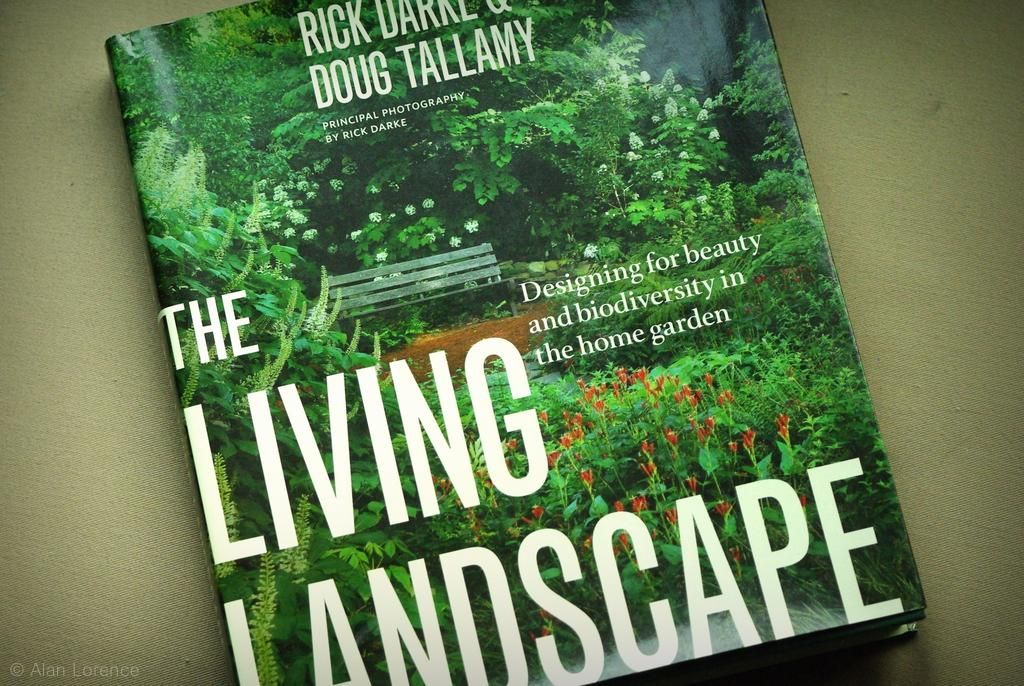
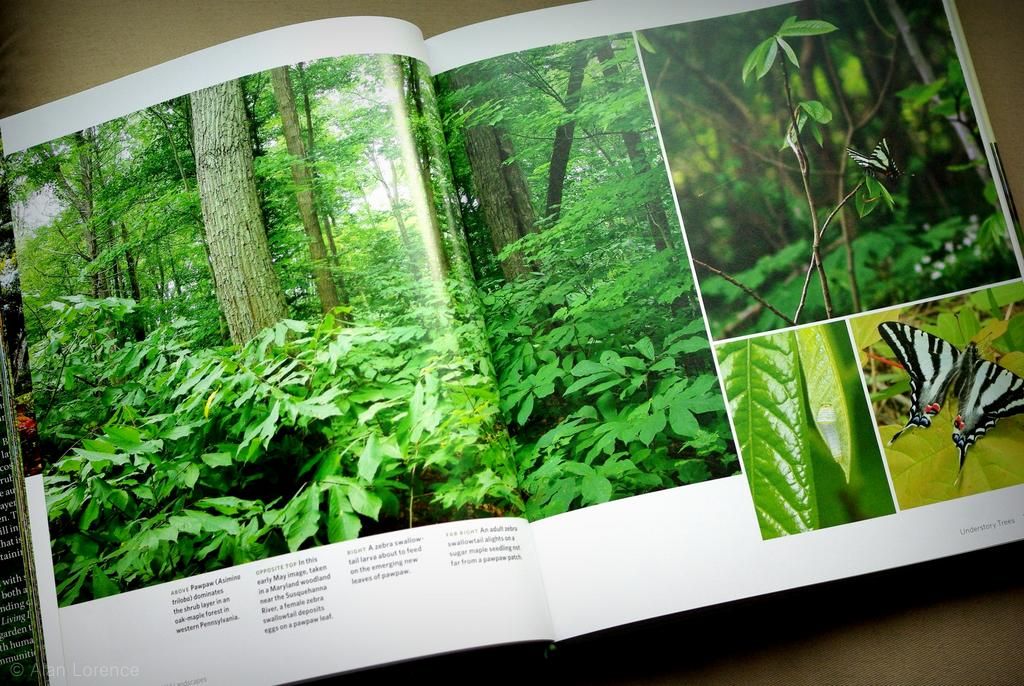
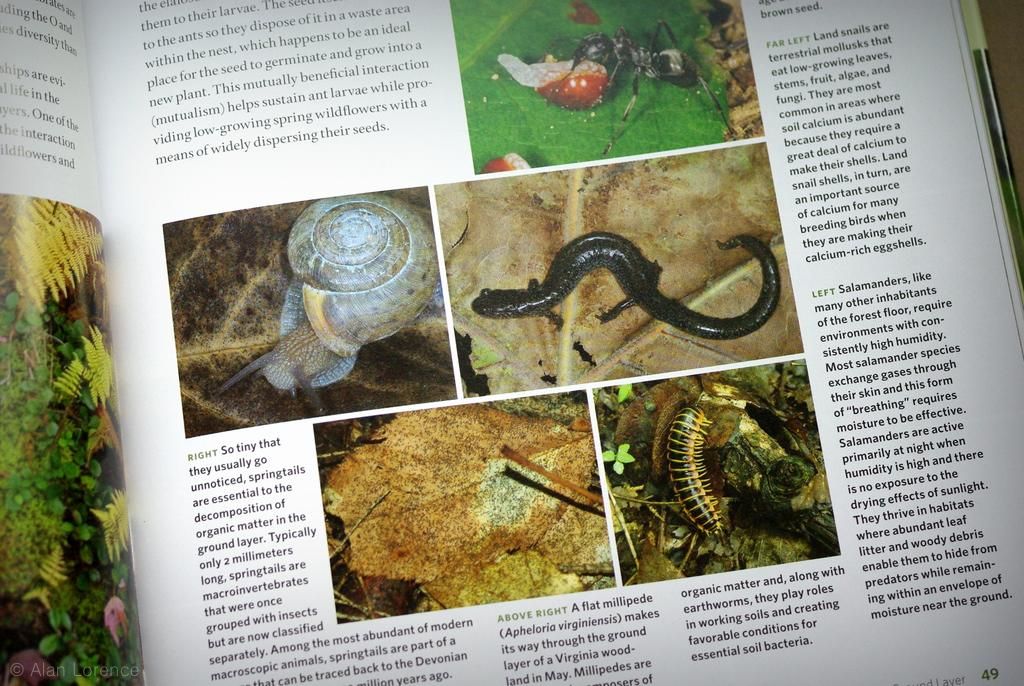
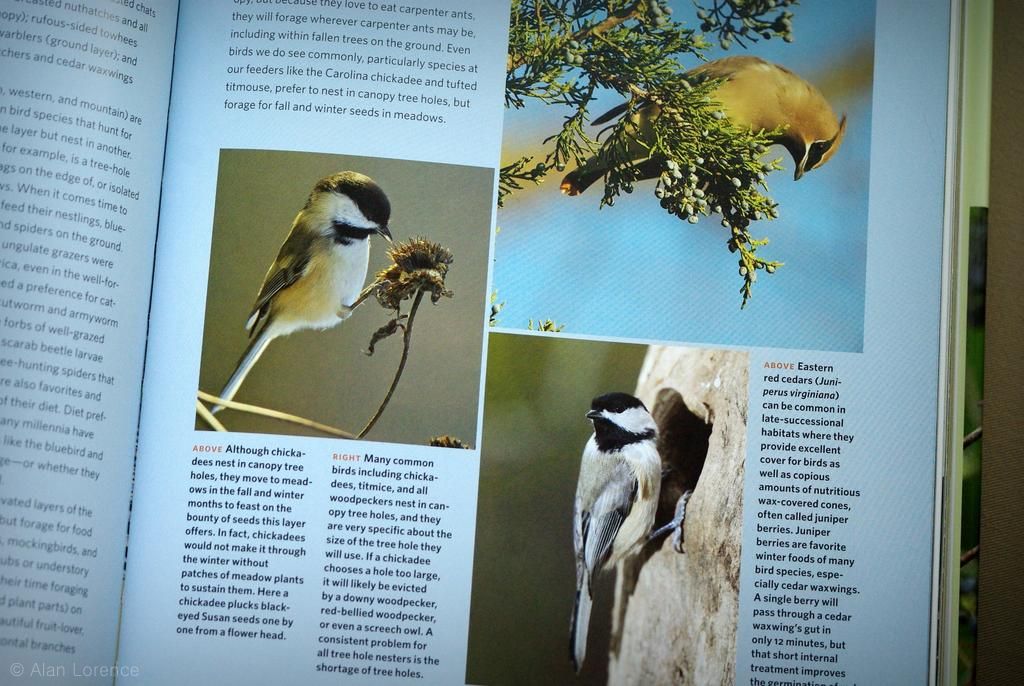
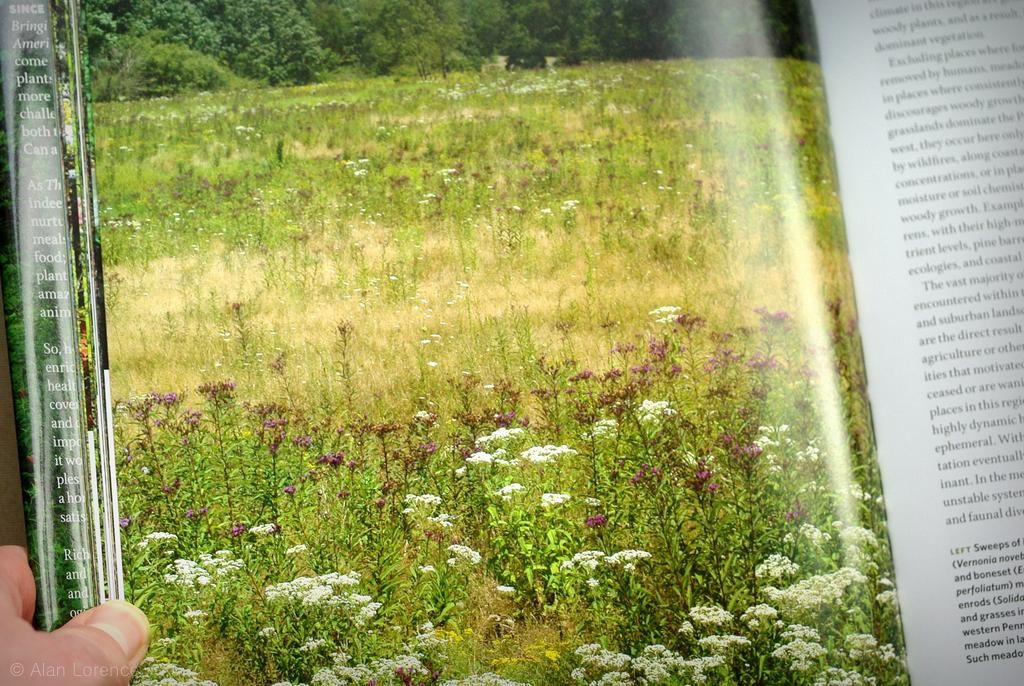
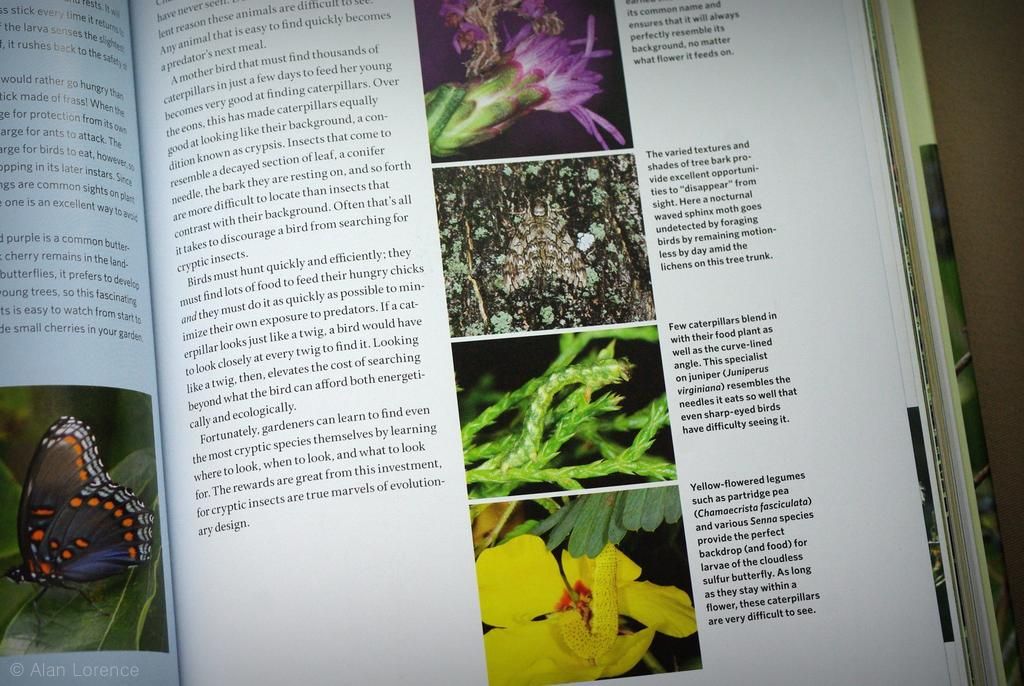
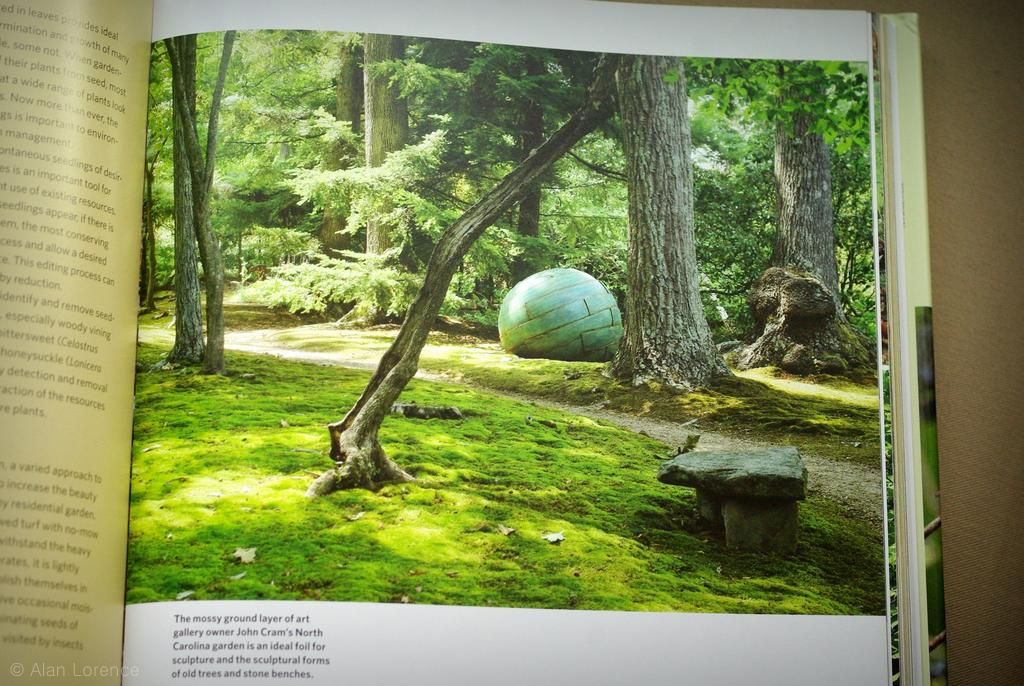
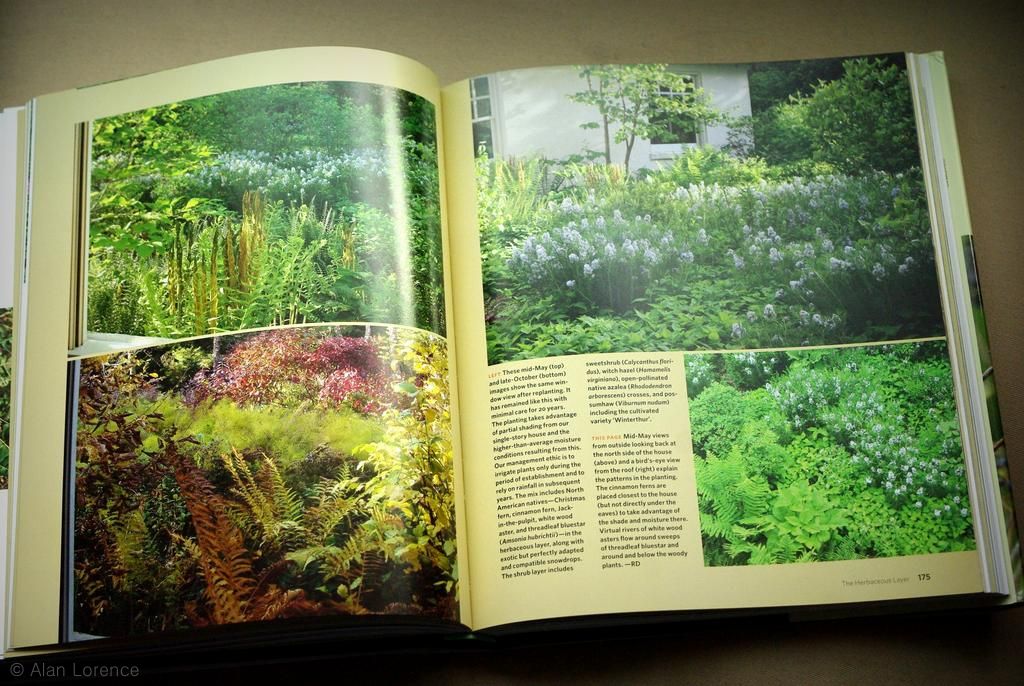
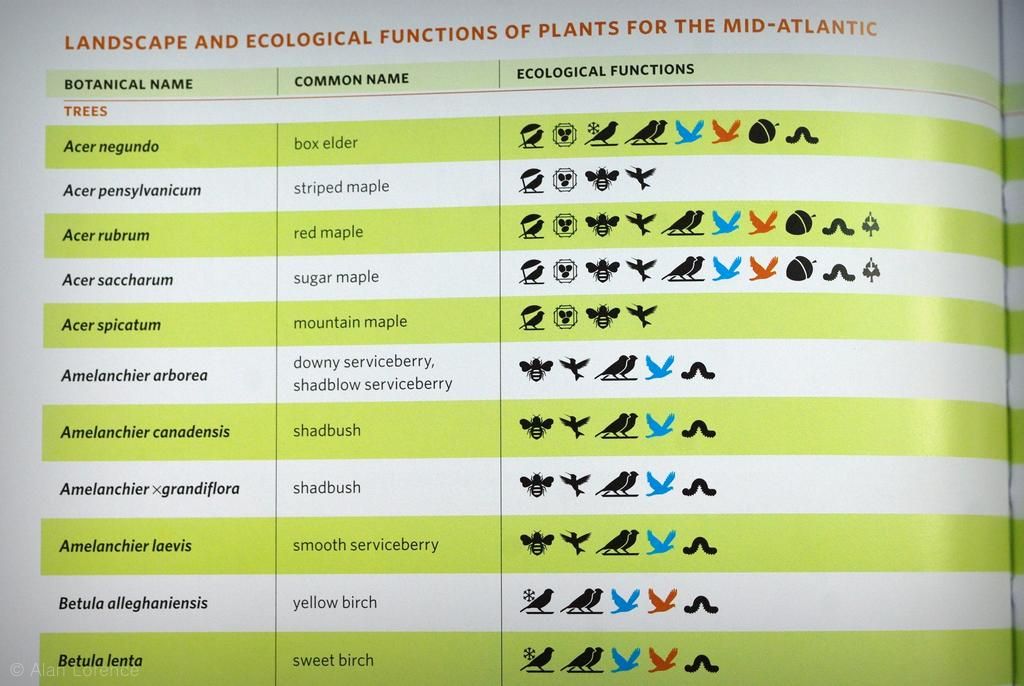




Fantastic review!
Gardening books for me aren't easy to chose. That book is one that I can not only use in the garden, but also with the technical side of painting landscapes.
So glad to find this review! There was a good article in the NY Times recently about Douglas Tallamy and the need to "bring nature back to our yards" -- he was keynote speaker at this year's Plant-O-Rama in Brooklyn. Link: http://www.nytimes.com/2015/02/05/garden/at-plant-o-rama-in-brooklyn-the-message-was-that-beauty-is-no-longer-enough.html
I am headed to Amazon now, to order this book. Thanks for the great review!